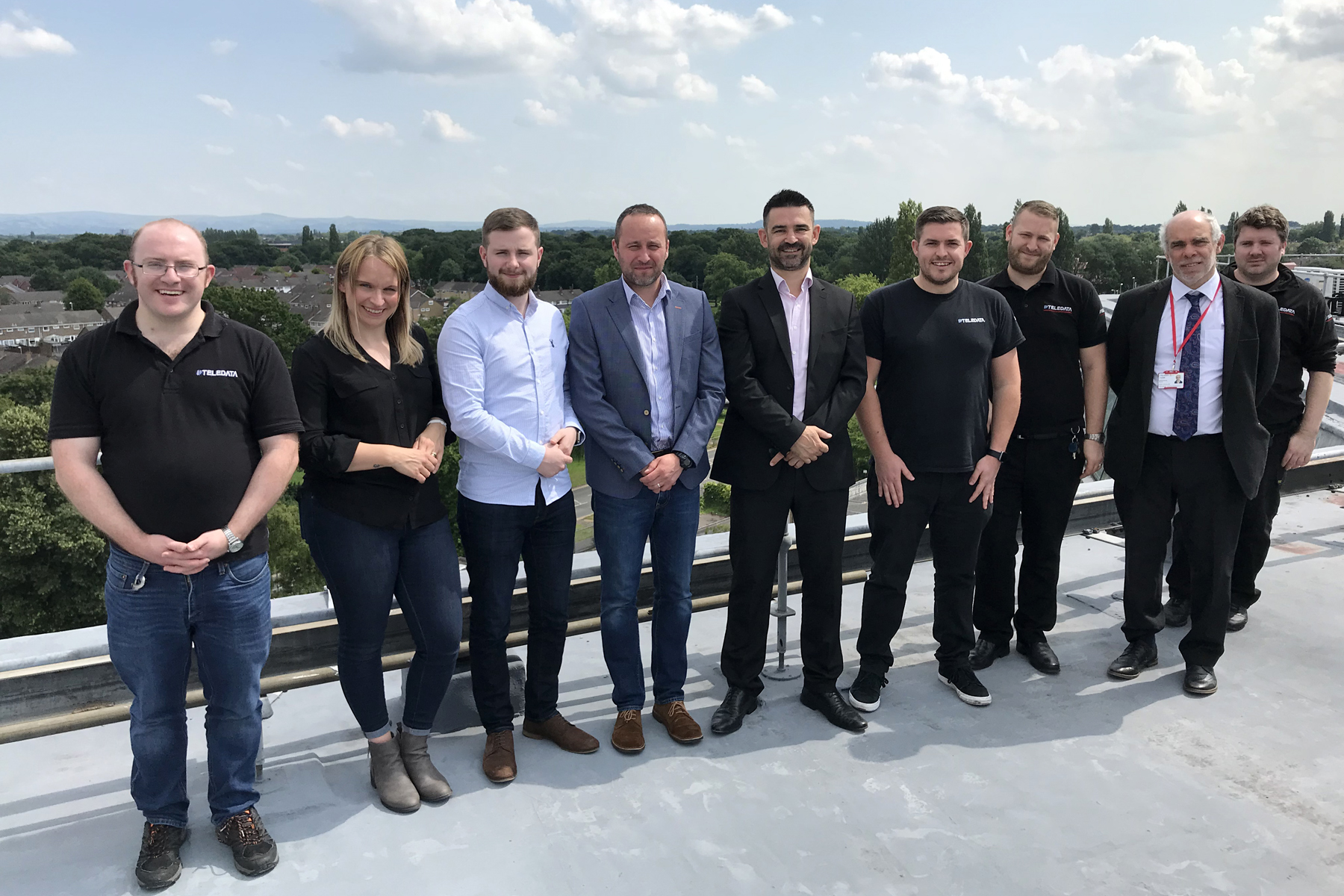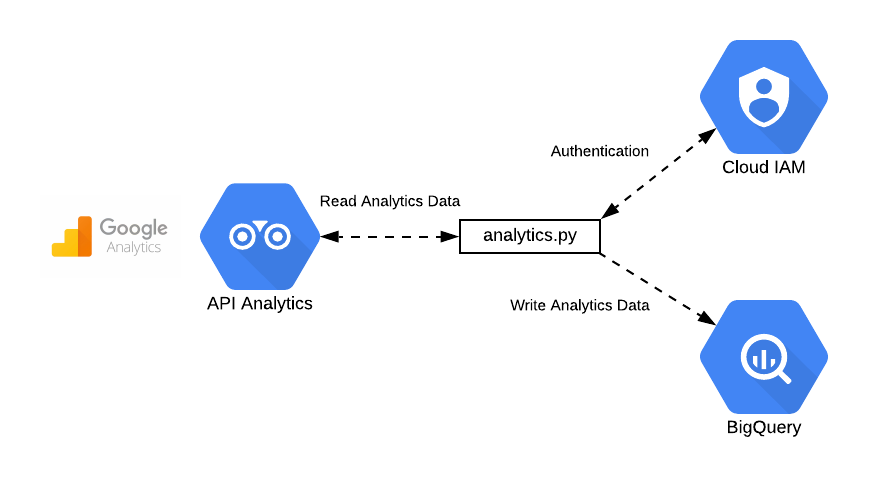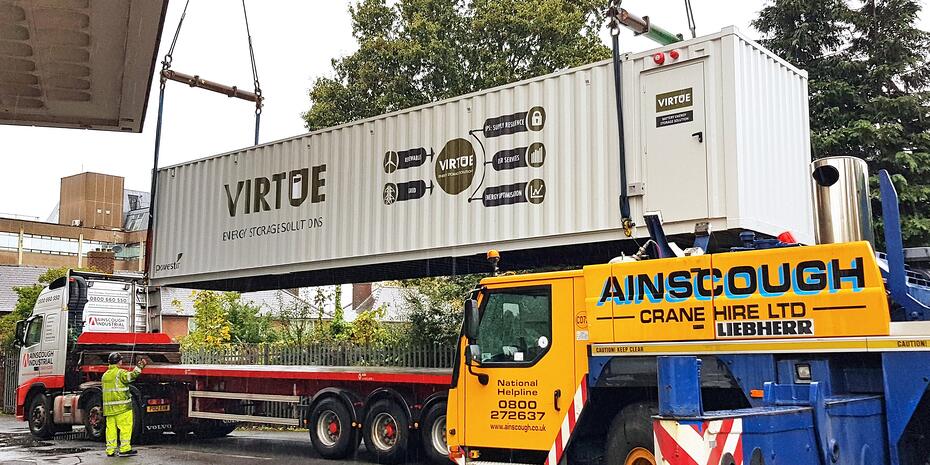
SAP ECC (ERP Central Component) has supported businesses of various industries for many years. ECC has helped companies bring together and automate important operations in finance, supply chain, procurement and manufacturing. Thanks to new technology and the release of SAP S/4HANA, companies are now moving away from ECC and choosing a modern, more agile digital core.
Not only is it a software change, but it is also about a new way businesses manage their operations and drive advancements. Many companies decide to transition from SAP ECC to SAP S/4HANA because of technology, business and strategic reasons. This article examines in detail how SAP ECC migration takes place, why businesses choose it, and what stages are part of the process.
Understanding SAP ECC and its limitations
SAP ECC, which came out in the early 2000s, has been the key system for running enterprise tasks. Since ERP systems are built in modules, businesses are able to manage accounting and people issues under one system. ECC has allowed thousands of companies to operate more efficiently, comply with regulations and monitor their tasks effectively over many years.
Even so, ECC’s limitations are starting to stand out more often in the current digital era. Since it heavily uses databases, runs on batch processing and is widely customized, it isn’t well suited to real-time decisions.
ECC was designed with limitations for the vast and quickly changing data that today’s businesses encounter. Because digital transformation is happening rapidly, these limitations mean that ECC will soon become a poor choice for further progress.
SAP announced the end of mainstream support for ECC by 2027 (with optional extended support until 2030), creating a firm deadline for businesses to migrate to S/4HANA. This sunset timeline is a critical trigger for migration, but it’s far from the only reason.
Why does SAP ECC migration happen?
There are various good reasons businesses prefer to move from SAP ECC to S/4HANA. They cover what the company must do to function, how it must be built and its most important priorities.
1. End of support and compliance risk
The immediate cause for moving to ECC comes when mainstream support finishes. Support for your system means SAP will offer you security updates, patches and support for meeting rules. If you work on an unsupported platform, you may face hacking threats, bad legal compliance and failure to integrate well with different applications and cloud providers.
2. Real-time processing and performance gains
Thanks to the HANA in-memory database, SAP S/4HANA processes data at a much faster speed than ECC does using its relational database structures. Now, businesses can access and look through huge amounts of information just as it happens, allowing for predictive analysis, improved reports and immediate choices. Having better performance helps you work more effectively and respond to change faster.
3. Simplified data models and system architecture
S/4HANA reduces the number of redundant tasks by compressing data, streamlining how information is processed and putting both transactions and analysis in one place. S/4HANA’s architecture is simpler and more effective than the complicated data structures in ECC. Because of this, costs decline, taking care of IT is faster and simpler and new functions can be added more rapidly.
4. Enhanced User Experience (UX)
Even though the GUI on ECC works, it is no longer up-to-date. Instead, S/4HANA takes advantage of SAP Fiori, a new user interface built for simple, reliable and personal experiences. Using Fiori, employees become more productive and happy, making it much easier for everyone to work with enterprise software.
5. Cloud readiness and innovation Enablement
Customers can install SAP S/4HANA directly, deploy it in the cloud or use hybrid combinations of the two. Because IT moves quickly in modern times, this aspect of cloud computing fits perfectly with strategies emphasizing scaling up, business continuity and digital change. Moving to S/4HANA makes it possible to use AI, machine learning, IoT and a variety of other new technologies to improve both operations and customer interactions.
How does SAP ECC migration occur?
Going from ECC to S/4HANA is neither easy nor quick. This work requires planning in detail, bringing stakeholders and vendors together, readying all systems and executing everything properly. Depending on whether the organization is big, the degree to which ECC is adapted and how smoothly the implementation goes, the process can go on for several months to a few years.
Here’s a breakdown of the critical stages in an ECC to S/4HANA migration journey.
1. Strategic assessment and business case development
Migrations usually begin successfully when a proper assessment is done. Companies begin the assessment by looking at their own ECC environment, counting both custom code and integrations, the size of data and the way they run their business. The assessment helps create a strong case for the business.
Cost reduction, the capacity for innovation, a decrease in risk and enhanced results are the value drivers highlighted in the business case. Also, the assessment estimates the time and funds the initiative will need, which can help choose what to prioritize and get approval from top management.
2. Choosing the right migration approach
There are three primary migration paths:
1. System conversion (Brownfield)
This is a technical conversion of the existing ECC system to S/4HANA without changing the core business processes. It’s suitable for businesses that want to preserve their current configurations and customizations.
2. New implementation (Greenfield)
This involves setting up a new S/4HANA environment from scratch and redesigning processes based on best practices. It’s ideal for companies wanting to remove legacy baggage and reimagine their operations.
3. Selective data transition (Hybrid)
A middle-ground approach that allows selective migration of data and processes from ECC to S/4HANA. It combines aspects of both brownfield and greenfield methods.
The choice depends on the organization’s goals, current ECC usage, data quality, and risk appetite.
4. Project planning and governance
As soon as the approach is chosen, the team moves on to planning the project. Individuals involved are SAP consultants, project managers, developers and those from the business. By having clear governance, everyone knows what needs to be done, by when and how success is measured.
Technology preparation, checking infrastructure, deciding how to move data, planning tests, training users, and supervising changes are all parts of planning. Keeping the steering committee updated through regular meetings allows the project to move forward with the business’s main goals in mind.
5. System preparation and custom code remediation
Testing is carried out on the ECC system prior to migration by means of SAP Readiness Check and SAP Transformation Navigator. They look for possible problems in custom code, interfaces and data structures that could cause difficulty with the migration process.
The S/4HANA data model is applied to custom code, which may be retired, modified or entirely rewritten. At this point, it’s important since there are many customizations in ECC systems, and they need to be handled with care.
6. Data cleansing and migration
ERP systems depend on data for success, and how good the data is can affect the outcome of the migration process. Before transferring data to S/4HANA, companies need to ensure that duplicate, inconsistent and old data are cleaned up in ECC.
When choosing among migration options, data may be transferred directly, loaded into a new setup or only a section is moved over (hybrid). These special tools are essential for smoothly moving data from one system to another.
7. Integration and testing
When migration is done, we ensure that the data connects properly to CRM, SRM, HR and third-party applications. Testing of critical processes covers the whole application to observe their correct results. This requires doing unit testing, system integration testing (SIT) and user acceptance testing (UAT).
Performance testing makes it clear that S/4HANA is able to function well at its best, and regression testing shows that existing workflows still operate properly after migration.
8. Go-live and post-migration support
At the go-live stage, the business transitions to using S/4HANA. Most of the time, it will take place over the weekend or during an established time off. The process of final data loads, validation and checking of the system is precisely organized and carried out.
Support after migration includes hypercare, during which IT and support teams watch the system, help users and tweak performance. After stabilizing, further efforts are made to fully make use of what S/4HANA can do.
Conclusion
The need to modernize, become agile and remain ready for the future has made migrating from SAP ECC a necessary strategy. With competition to stay ahead, S/4HANA gives businesses the tools, response and intelligence needed for success in the digital world.
It may seem challenging, but by carefully planning, enacting it correctly and aligning the organization, moving from ECC to S/4HANA can be achieved. Mere upgrades aren’t enough—they should work on redefining what the business does fundamentally. Industry leaders who adopt these changes as early and as carefully as they can stand a good chance of continuing to lead for many years ahead.
In today’s rapidly changing business landscape, VE3 is committed to empower organizations with the tools they need to thrive. As SAP prepares to end support for ECC by 2027, the urgency to transition to SAP S/4HANA becomes evident. At VE3, we understand the significance of this move and leverage our partnership with SAP to offer diverse solutions to guide organizations through a seamless migration. For more information contact us or visit us!









